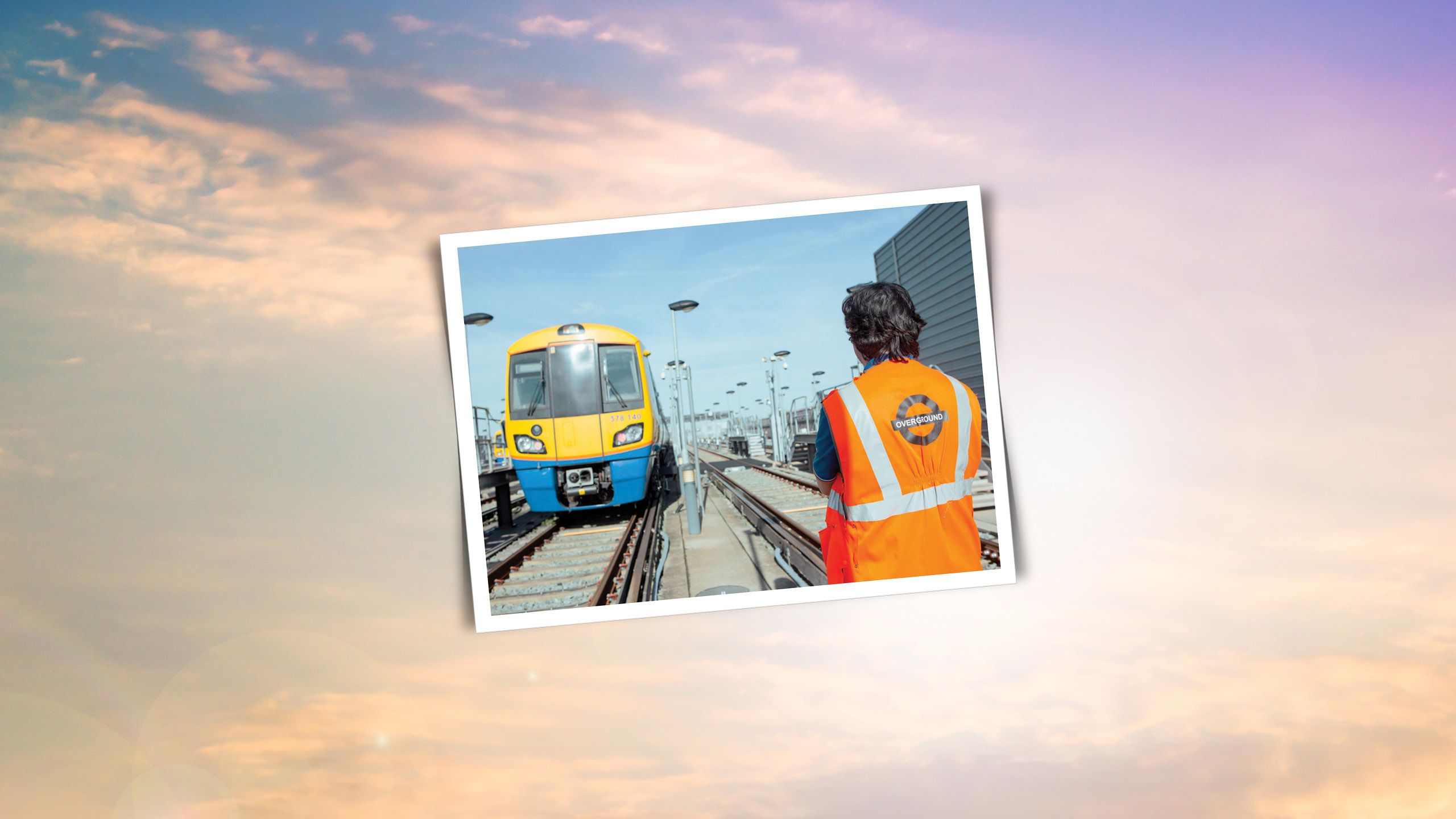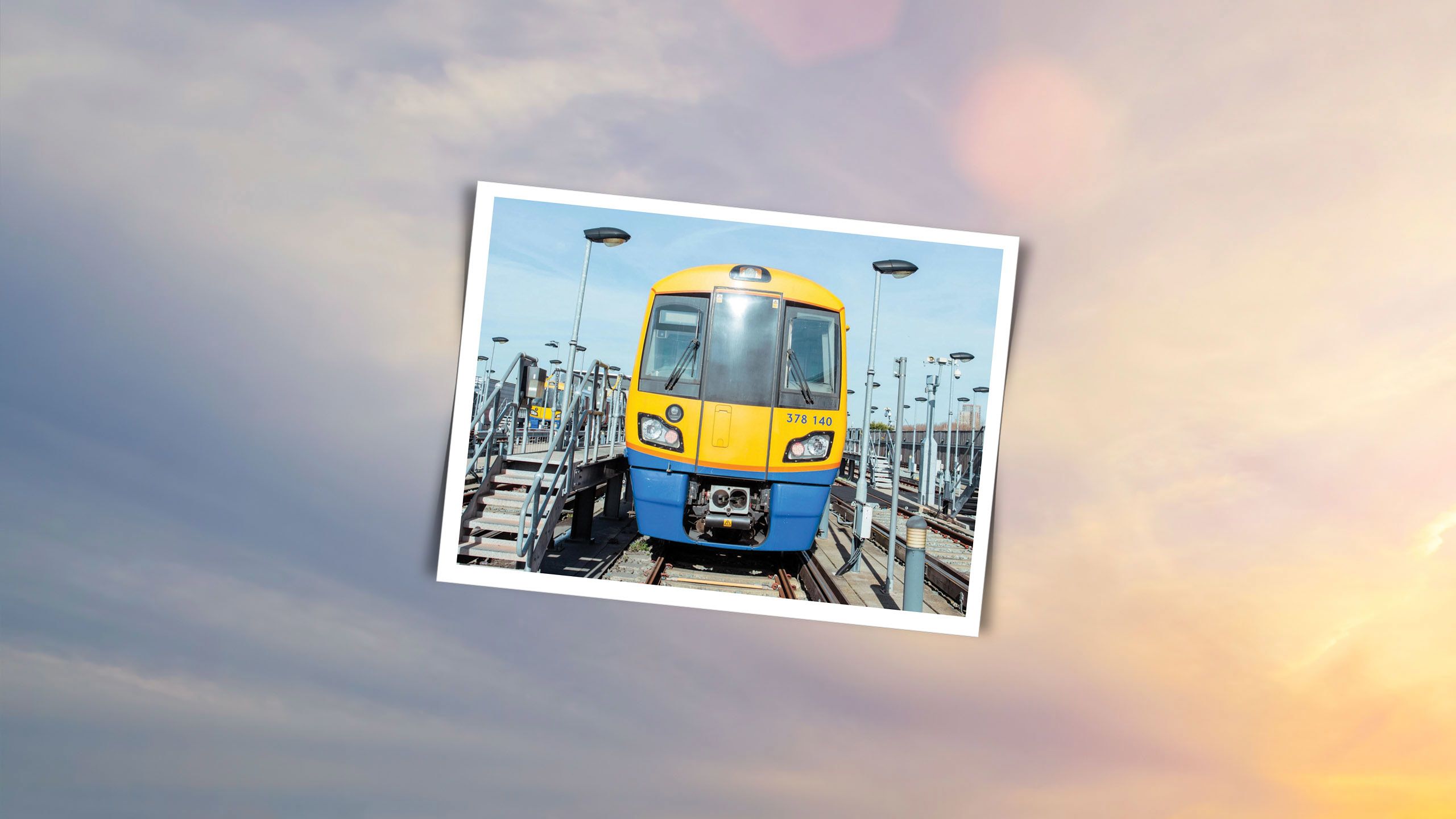WHEN THE HEAT IS ON
How we keep our services moving during hot weather

This July saw the UK’s third heatwave of the summer, with temperatures in London soaring to more than 30C.
In those sweltering conditions, the welfare of passengers and colleagues is a real concern. Plus, there’s the risk of overheating infrastructure and trackside fires.
“Summers are getting hotter and winters are getting colder, so we have to be as best prepared as we can,” says head of health and safety, Mark Hughes.
Mark Hughes
Mark Hughes
So, how do we keep the railway moving during a heatwave?
Planning starts long before the mercury rises. Liz James, on-time performance leader and seasonal lead, explains more: “Every year at the start of summer, we work through what we call a Stage Gate process that covers every area of the business. For example, we’ll check the station teams have ordered their water supplies and that the process for distributing them is up to date.”
Liz James
Liz James
Liz and her team conduct a review of the previous year, look at the challenges Network Rail and the train operating companies faced, and whether our plans were adequate. “One challenge was that cabinets housing electric components for the signalling systems were prone to overheating,” says Liz. “So, we’ve checked Network Rail has ensured adequate ventilation to prevent the same issues this year.
“Network Rail will then publish their summer working arrangements. This will include, for example, areas where they know they will need blanket speed restrictions for overhead lines that tend to sag in the hot weather.”


Chain reaction
When the Met Office issues a weather warning for extreme heat, it sets off a chain of events. Tom Dobson, senior network lead, explains: “Network Rail will generally trigger an EWAT (Extreme Weather Action Team) and they will look at infrastructure risks, what the rail temperatures will be, and what risks we have as a business.”
When the heatwave begins, Control will initiate certain procedures, including hot weather announcements at stations advising customers to carry water. The team will also look at what additional resources can be put in place. “Network Rail has mobile operations managers (MOMs), who can be strategically placed across the network,” adds Tom. “We know the line between Richmond and Willesden can be an issue, so we’ll ask for a MOM to be placed at Richmond station in case the infrastructure should fail there.”
Tom Dobson
Tom Dobson
Control also works with other teams in the business, including fleet and the customer experience teams at stations. “Fleet has systems that monitor the heating, ventilation, and air con, and will report any issues into us if our drivers haven’t already done so,” says Tom. “We have set contingency plans if something does go wrong in terms of how we run the service.”
There is a daily performance call between Ops and Control too. “If there was something that didn’t go so well the day before, we make the appropriate changes,” adds Liz.


Welfare, wellbeing and water
Passenger welfare is a key concern, especially given how busy our trains can be. Many stations now have water fountains for passengers, and also keep stores of bottled water in case of emergencies.
“The grass can be very dry on the banks by the tracks, so there is a risk of fire,” says Mark. “We don’t want a trackside fire halting a train in the heat, as then you have the risk of passengers self-evacuating. There are certain things we can control and certain things outside our control – ensuring vegetation is cut back is Network Rail’s responsibility.”
If a passenger falls ill on a train, it too can disrupt our services. senior network lead Phil Sargent explains: “We find it quite often happens in the morning peak, when trains are crowded. Colleagues at the next station will be notified, and the focus is to get them off the train and get the train moving again. The station staff will then give them water and call an ambulance if necessary.”
Local station and driver teams will look after the wellbeing of staff and ensure they have everything they need to cope in the heat. Their welfare also comes under Mark’s remit. “We focus on wellbeing in my team,” he explains. “There is a summer uniform for colleagues, and we raise awareness around avoiding the sun, encouraging colleagues to wear sunscreen and drink plenty of water – we have a lot of resources at depots around this.”
The big picture
As temperatures continue to rise, extreme weather events like heatwaves are set to become increasingly common. ARL’s environment team, alongside Network Rail, are looking decades ahead at future challenges and risks, whether that’s our uniform policy or the materials used to build infrastructure.
For now, our teams are well drilled at keeping our services moving. “Day to day everybody is aware of what they need to do,” says Mark. “Whatever we learn this summer, we’ll put in place for next summer – we’re constantly learning.”








